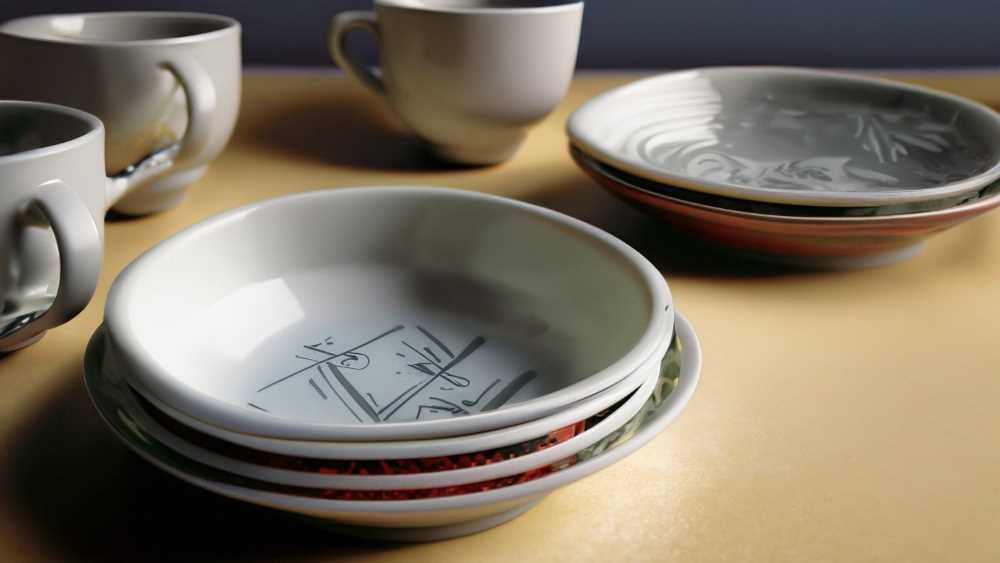Cracking Saucers: When Kitchenware Has a Meltdown
Discover the unsettling phenomenon of cracking saucers, accompanied by a thunderous sound and bubbles. Learn the causes, signs of spoilage, and prevention methods in this informative article. Ensure the longevity and safety of your kitchenware.





